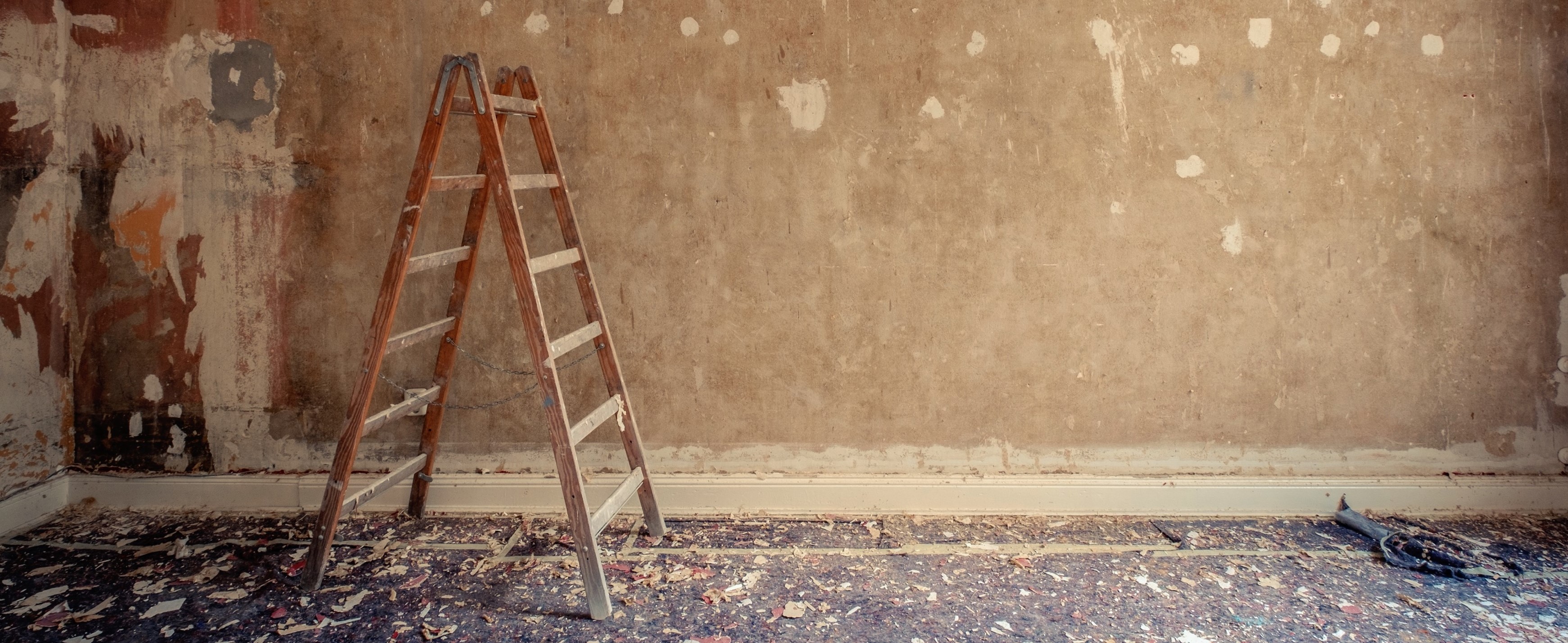Changing Organization Culture is Like Renovating an Old House
A continuous improvement journey is much more than the implementation of tools and alignment of work. Lean transformation requires cultural change. This change comes from defining principles and the behaviors that demonstrate these principles. Changing an organization’s culture takes time, effort and dedication.
Recently, I was talking with a colleague about the Shingo principles and organization culture. She said that culture change is hard because you are not building it from scratch; a culture already exists in every organization. This resonated with me and I started thinking that changing a culture is like renovating an old house. This I can relate to because my husband and I own an old character home, built nearly 100 years ago. Needless to say, we have a lengthy repair and renovation list.
Similar to renovating an old house, changing the culture of an organization requires starting from what exists and dealing with challenges and surprises as they arise. Here are some examples of how changing a culture reflects the process of home renovation:
It requires more than a little paint
Let’s face it, when your house is as old as mine it is going to take more than some fresh paint on the walls to fix it up. Making this cosmetic change may make you feel a bit better about a room, but it could be masking other problems like cracks in the plaster and creaky floorboards.
The same is true with changing a culture. You can’t just put a fancy graphic of your principles and values up on the wall, or on peoples’ computer screens, and think that will change the culture. Organization culture goes much deeper than the surface.
It always takes longer than you think
At my house, it seems like every time we take on a home improvement project we underestimate the amount of time that it will take. Let’s face it, my husband and I are not professionals and it is never as easy as the YouTube videos make it look.
Culture change is a massive home improvement project! There is no way around it, culture change takes time. It is a progression that happens slowly, rather than an instant change. Many people forget this fact and can get impatient with the progress, which can ultimately unravel work that has already been done.
It takes sweat equity
When you are renovating a one-hundred-year-old house, you better be prepared to put in some sweat equity. I have learned that if there are changes we want to make but can’t afford to hire out , we have to do most of the work ourselves. We put in lots of hard work and long hours to make our dreams a reality.
The same is true when working to change an organization’s culture. The senior leaders must be prepared to put in the work. They need to model the way and change their behaviors to reinforce the principles as well as coach and encourage others in the organization to do the same.
You don’t know what is hidden behind the wall
Walls are great at hiding things and you will never know what’s inside a wall unless you open it and see for yourself. A co-worker of mine told me, “You never know, what if there is someone’s life savings hidden in a wall? Then you would be rich!” However, in my personal experience our home’s walls have hidden tangled wiring, electrical that is not up to code, and mold.
The same is true within organizations, when you look deep and examine the culture by observing the behaviors of your staff you will likely find something you never knew existed within your organization’s culture. (Sometimes you are even lucky and find treasure instead of mold.) When changing an organization’s culture you can’t be afraid to look behind the wall and repair everything, or the culture transformation will not sustain.
There is always something more to do
I think that most homeowners will agree that there is always something that you want to do to improve your home. The work is never really done. As soon as we finished remodeling our basement the winter of the polar vortex descended on the Midwestern United States and the pipes froze, then we had rework. Our wish list and fix it list keeps growing, so we will never tire of things to do.
Organization culture takes the same care and dedication as maintaining a cute, old, character home. Senior leaders must continue to nurture the culture by leading by example, communicating, and energizing their staff.
Principles are the foundation of an organization’s culture as well as the lean transformation of an organization. The principles an organization selects define and support culture. Consequently, principles are the starting point for cultural change.
Over the next several weeks we will be posting blogs on each of the Shingo principles. You can find them here on the Catalysis Blog or sign up for our newsletter.
See our blogs posts on Shingo principles: Respect Every Individual, Lead with Humility, Flow & Pull Value, Assure Quality at the Source, Focus on Process, Embrace Scientific Thinking, Seek Perfection, Think Systemically, Create Constancy of Purpose, and Create Value for the Customer.
Sara Thompson, Communications Manager
Catalysis
Related Items
Principles and Behaviors of Organizational Excellence
Virtual workshops
Principle-Based Executive Coaching
Catalysis Healthcare Value Network
Lean Healthcare Transformation Summit
Lean Healthcare Transformation Summit – Europe









Leave a Reply to Freehold Cancel reply